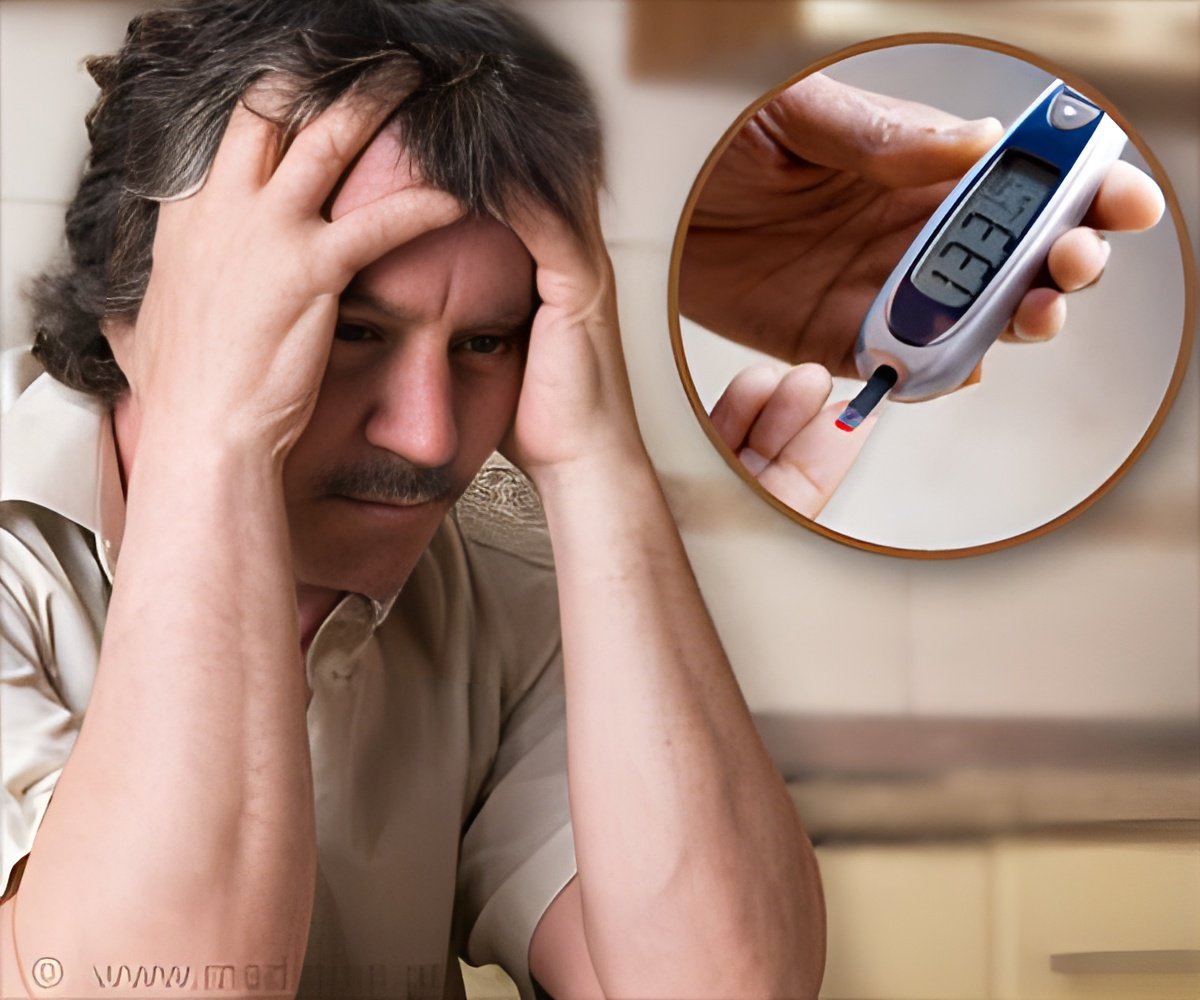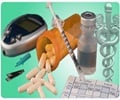Research attributes inflammation to the link between socioeconomic status: low income, low education, and low occupational status and a higher risk for diabetes.

"Taking together the evidence linking socioeconomic adversity to inflammation and inflammation to type 2 diabetes" the authors write, "it seems reasonable to postulate that chronically increased inflammatory activity in individuals exposed to socioeconomic adversity over the entire lifecourse may, at least partially, mediate the association between socioeconomic status over the lifecourse and future type 2 diabetes risk."
To test their hypothesis, they analyzed data from the Whitehall II study. Following the famous original Whitehall study that pioneered the study of social determinants of health, Whitehall II has followed over 10,000 participants, all British civil servants working in London, since the mid 1980s. The study is ongoing, and participants undergo regular health check-ups and also provide extensive information about their social situation every few years.
For their study, the researchers focused on 6387 participants who had provided information on their education level and current occupation (reflective of early adulthood and present socio-economic status, respectively) as well as their father's occupation (a proxy for childhood socio-economic status). In addition, it was known which of the participants had developed diabetes and when, and whether and when their blood work had shown signs of chronic inflammation.
They found that cumulative exposure to low SES over the lifecourse and a downward trajectory from high SES in childhood to low SES in adulthood were associated with an increased risk of developing type 2 diabetes over the study period. In addition, inflammatory processes, measured repeatedly through biomarkers in the blood, explained as much as one third of this association.
"Assuming that our findings reflect a causal association", the authors say, "our results suggest that tackling socioeconomic differences in inflammation, especially among the most disadvantaged groups, might reduce social inequalities in type 2 diabetes."
Advertisement
Advertisement















